Description
Grease Additives: The Secret Sauce for Peak Performance
Grease, at its core, is a simple substance: a lubricating oil thickened with a soap or other thickener. However, the performance of a grease is far from simple. To meet the diverse and demanding requirements of modern machinery, grease formulations are often enhanced with a variety of additives. These “secret ingredients” are carefully selected to provide specific performance benefits, extending the lifespan of equipment, improving efficiency, and reducing downtime.
Think of grease additives as the vitamins and supplements that boost the health and performance of your base grease. Without them, the grease might function adequately under ideal conditions, but could falter under high loads, extreme temperatures, or corrosive environments.
Why Use Grease Additives?
The primary reason for incorporating additives is to tailor the grease’s properties to specific applications. Here are some key benefits:
- Enhanced Wear Protection: Additives can create a protective barrier between moving parts, minimizing friction and wear. This is crucial for high-load or high-speed applications.
- Improved Temperature Resistance: Some additives allow grease to function effectively at extreme temperatures, both high and low. They prevent the grease from breaking down or solidifying.
- Increased Oxidation Stability: Oxidation can degrade grease over time, leading to thickening and loss of lubricating properties. Antioxidant additives help to extend the grease’s service life.
- Rust and Corrosion Protection: Corrosive environments can wreak havoc on metal components. Additives can prevent rust and corrosion, preserving the integrity of the machinery.
- Water Resistance: Some applications are exposed to water or moisture. Additives can help the grease resist water washout and maintain its lubricating properties.
- Extreme Pressure (EP) Performance: EP additives form a protective film on metal surfaces under extreme pressure, preventing metal-to-metal contact and scuffing.
- Improved Adhesion and Cohesion: These additives ensure the grease stays in place and maintains its structure, even under vibration or centrifugal forces.
Common Types of Grease Additives:
The world of grease additives is vast and complex, but here are some of the most commonly used types:
- Wear Inhibitors: Examples include zinc dialkyldithiophosphates (ZDDPs), tricresyl phosphate (TCP), and sulfur-phosphorus compounds. They form a protective film to minimize wear.
- Extreme Pressure (EP) Additives: These often contain sulfur, phosphorus, or chlorine, which react with metal surfaces under high pressure to form a protective layer.
- Antioxidants: Examples include hindered phenols and aromatic amines. They prevent the grease from oxidizing and degrading over time.
- Corrosion Inhibitors: These additives form a protective barrier on metal surfaces to prevent rust and corrosion. Examples include sulfonates and amines.
- Viscosity Index Improvers: These additives improve the grease’s viscosity stability over a wide temperature range.
- Tackifiers: These additives increase the grease’s stickiness and adhesion to metal surfaces.
- Solid Lubricants: Additives like molybdenum disulfide (MoS2) and graphite can provide lubrication even if the oil film breaks down. They are especially beneficial in high-load or slow-speed applications.
- Detergents and Dispersants: These additives help to keep contaminants suspended in the grease, preventing them from forming deposits and causing wear.
Choosing the Right Grease Additives:
Selecting the right grease additives is crucial for optimal performance. It’s not a one-size-fits-all approach. Factors to consider include:
- Application Requirements: Consider the operating temperature, load, speed, environment, and type of machinery.
- Base Oil Compatibility: Ensure the additives are compatible with the base oil used in the grease formulation.
- Soap Type Compatibility: Some additives may not be compatible with certain types of soap thickeners.
- Regulatory Compliance: Ensure the additives comply with relevant environmental and safety regulations.
- Manufacturer Recommendations: Consult with grease manufacturers or lubrication specialists for guidance.
Conclusion:
Grease additives are the unsung heroes of modern lubrication. They enhance the performance of grease, protect equipment, and extend service life. Understanding the different types of additives and their benefits allows you to select the right grease for your specific application, ultimately leading to increased efficiency, reduced downtime, and significant cost savings. So, next time you consider grease, remember the importance of those “secret ingredients” that make all the difference. They are the key to unlocking peak performance.

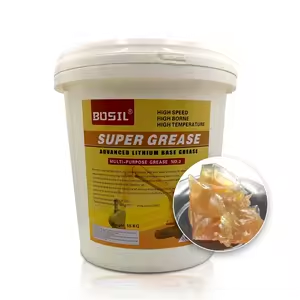
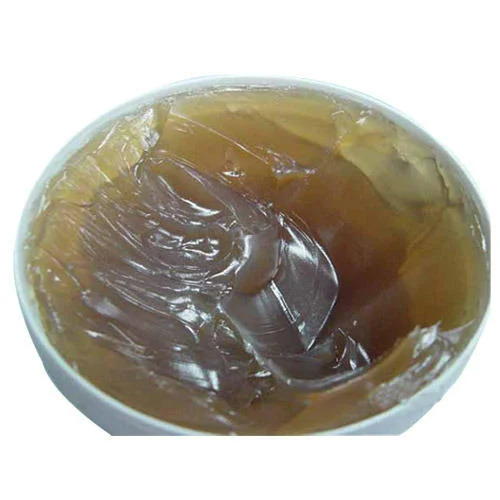
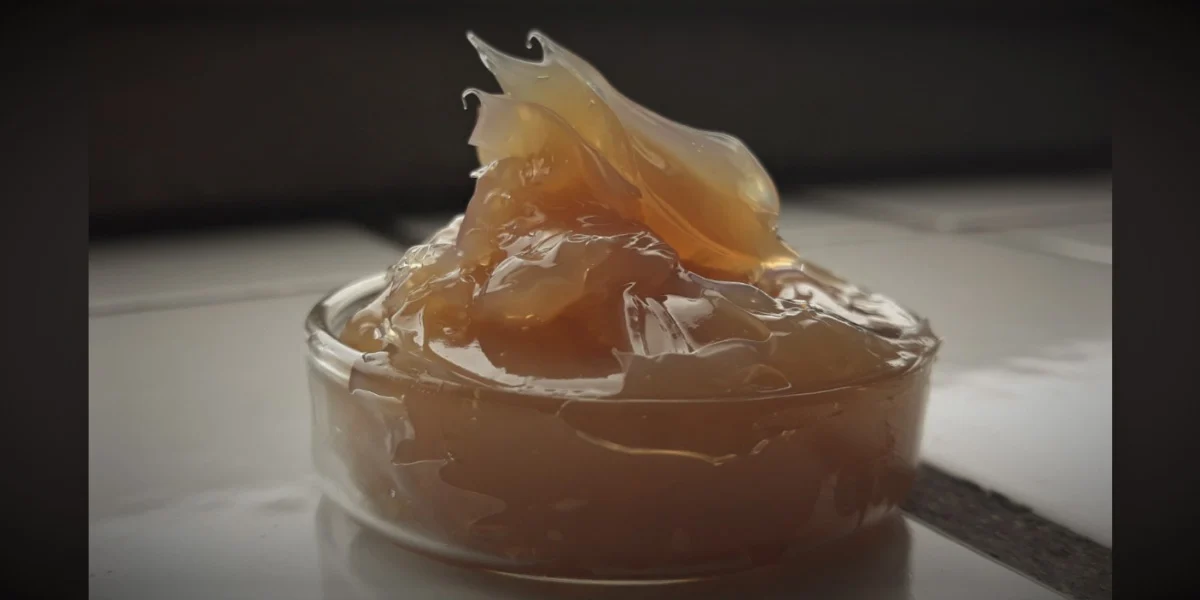
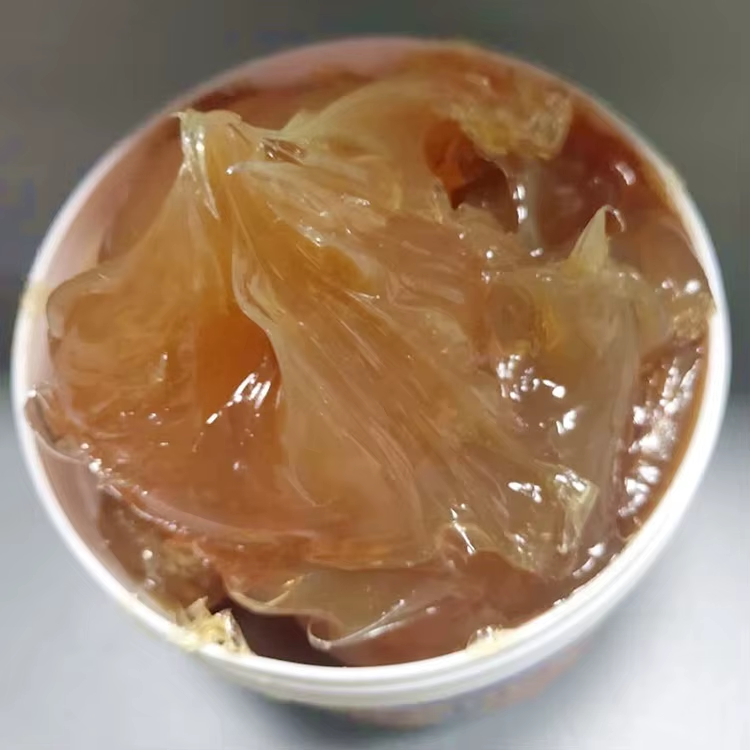

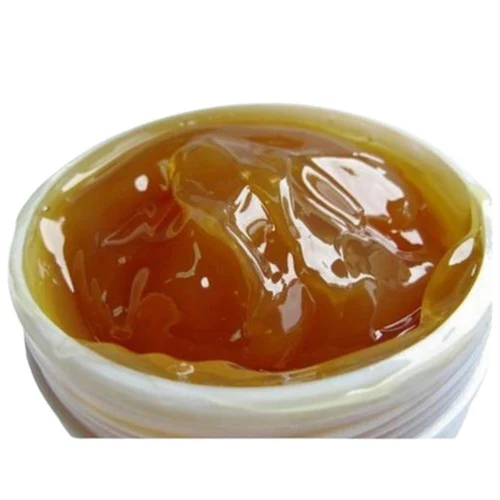
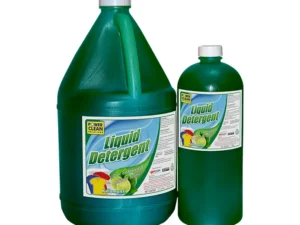


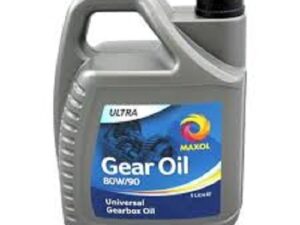
Reviews
There are no reviews yet.